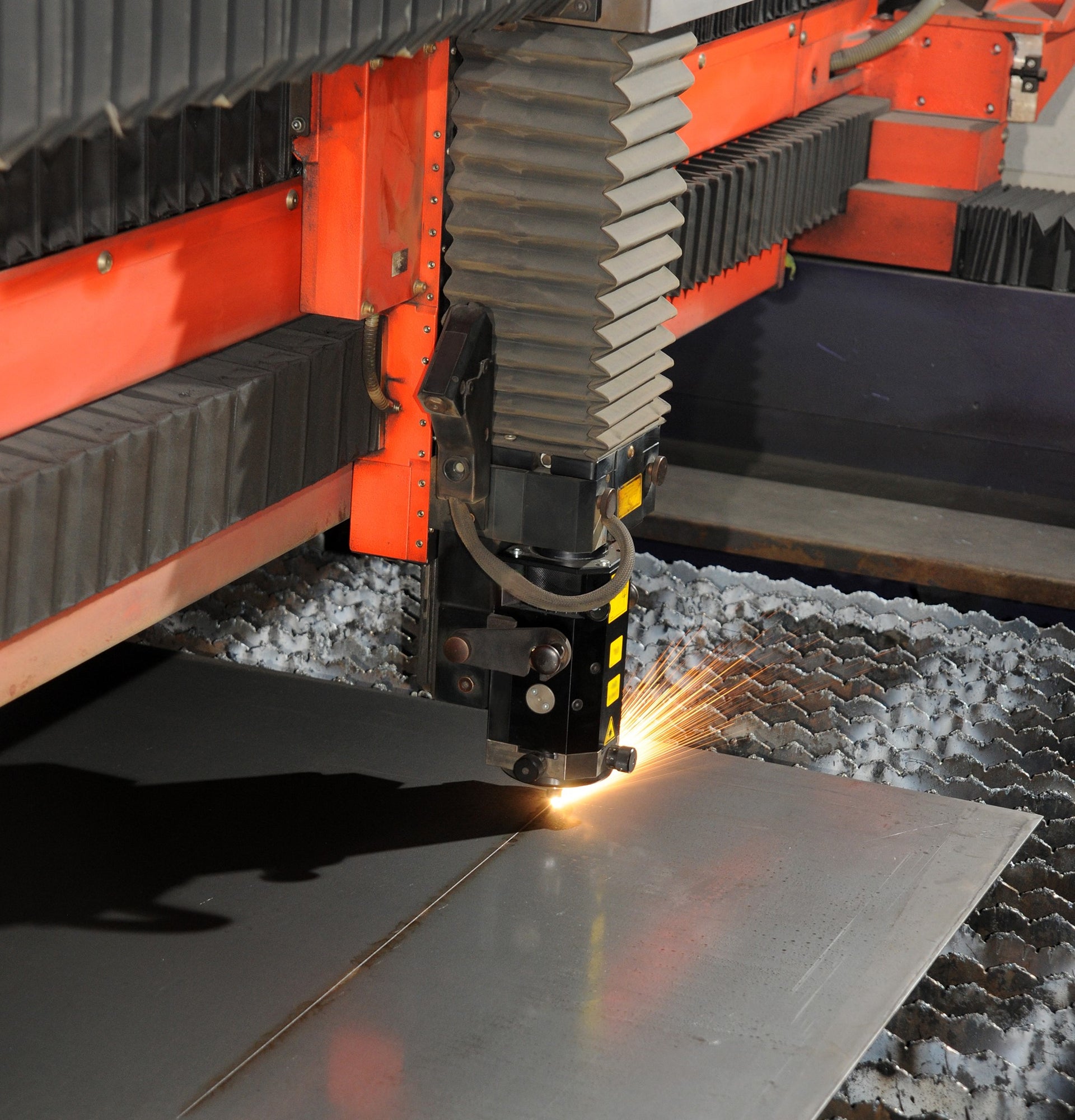Contents

Source: Luxinar
The Versatile CO2 Lasers
Introduction to CO2 Lasers
CO2 lasers, short for carbon dioxide lasers, are molecular gas lasers known for their emission in the long-wavelength infrared spectral region. They utilize a gas mixture containing carbon dioxide (CO2), helium (He), nitrogen (N2), and sometimes hydrogen (H2), oxygen (O2), water vapor, and/or xenon (Xe) as the gain medium. These lasers are electrically pumped through an electrical gas discharge, which can be powered by DC current, AC current (e.g., 20–50 kHz), or in the radio frequency (RF) domain.
Working Principle
CO2 lasers efficiently transfer energy from excited nitrogen molecules to CO2 molecules through collisions, enabling the CO2 molecules to participate in the laser transition. Helium assists in depopulating the lower laser level and removing excess heat. Other constituents like hydrogen or water vapor aid in reoxidizing carbon monoxide (CO) back to carbon dioxide, especially in sealed-tube lasers.
Spectral Characteristics
Typically emitting at a wavelength of 10.6 μm, CO2 lasers offer multiple laser lines within the 9–11 μm range. These lasers can be tuned to lase on different transitions with closely spaced wavelengths, although continuous tuning is limited due to the discrete rotational states of the molecules.
Applications and Efficiency
CO2 lasers find extensive use in industrial applications such as cutting, welding, laser marking, and laser surgery. With average output powers ranging from tens of watts to several kilowatts, these lasers exhibit power conversion efficiencies of around 10% to 20%. High-quality infrared optics are essential due to their high powers and long emission wavelengths.
Types of CO2 Lasers
The CO2 laser family includes sealed-tube lasers, diffusion-cooled slab lasers, fast axial flow lasers, fast transverse flow lasers, and transverse excited atmosphere (TEA) lasers. Each type offers specific strengths in terms of output power potential, beam quality, gas consumption, and device lifetime.
CO2 Lasers vs. Solid-state Lasers
CO2 lasers used for material processing compete with solid-state lasers operating in the 1-μm wavelength regime. While solid-state lasers have advantages in certain applications, CO2 lasers remain preferred for their cost-effectiveness and robustness, especially for materials like polymers and ceramics.
Conclusion
In conclusion, CO2 lasers are versatile tools with a wide range of industrial and medical applications. Their unique properties make them indispensable in various fields, from manufacturing to healthcare. As technology advances, these lasers continue to evolve, offering new possibilities for innovation and growth in laser-based industries.

Source: Mr Beam Lasers
Feel free to comment your thoughts.



